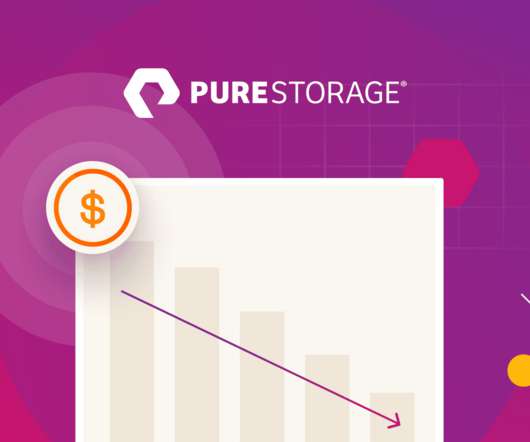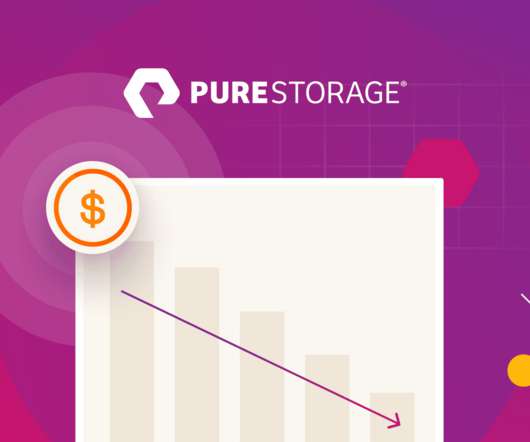6 Ways Big Data Analytics Can Drive Down Costs
Pure Storage
JANUARY 20, 2022
By evaluating customer behavior, companies can create strategic marketing plans that target a particular customer cohort—for example, by offering personalized recommendations based on previous purchases or social media activity. Retailers can then blacklist these customers or take other actions to help prevent return fraud.

















Let's personalize your content